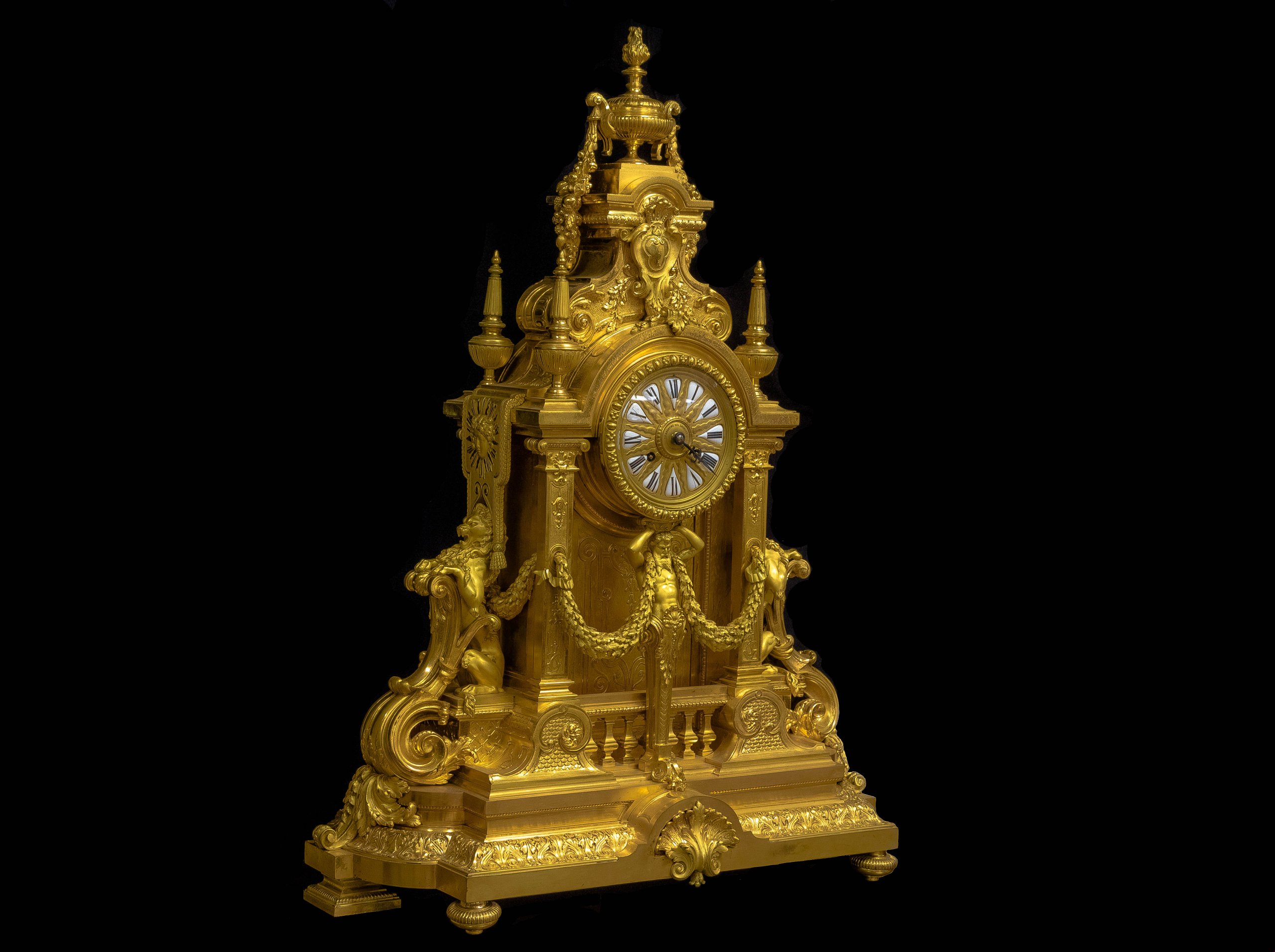
Is a porcelain vase or a bronze mantel clock produced in the 1830s superior to a similar vase or clock produced 50 years earlier or 50 years later?
In most cases the answer would be yes.
As more and more decorative objects were being produced in the second half of 18th century and early 19th century, the techniques and materials used to produce those objects were slowly evolving.
But then came the first industrial revolution. Development of new machines and increased application of scientific methods helped significantly improve quality of the materials used, perfect old techniques and develop new ones.
Yet, all intricate details and finishing work were still done by hand. The quality of the finished product was still very much a matter of pride for the master craftsmen.

The results were beautiful, very detailed, well-made decorative objects that, while still conforming to the traditions of detail and very demanding standards for quality of the old age – when the main clients for the decorative objects were royal and noble families – they were also significantly improved by the technological and scientific advances of the new age.
Unfortunately, these conditions lasted only a few decades.


From around the third quarter of 19th century, the accent started to shift from quality to quantity and cost efficiency. Production process became more machine oriented, and less and less attention was paid to detail and finish.
The decorative objects produced after the third quarter of 19th century to present day, when compared to the similar objects from the mid 19th century, are similar in appearance yet lack in detail, overall quality and workmanship.
In other words, when it comes to decorative works of art from the mid 19th century, the phrase “they don’t make them like they used to” really rings true.

